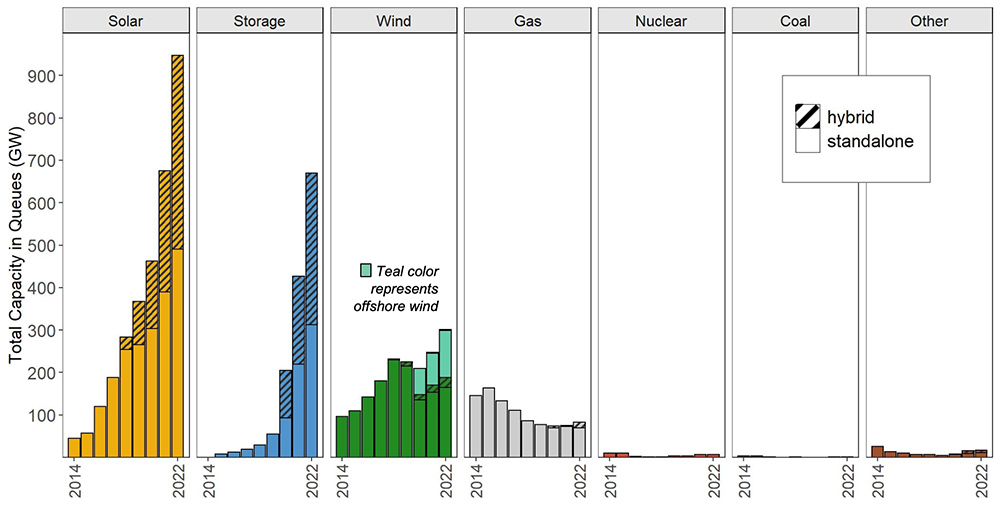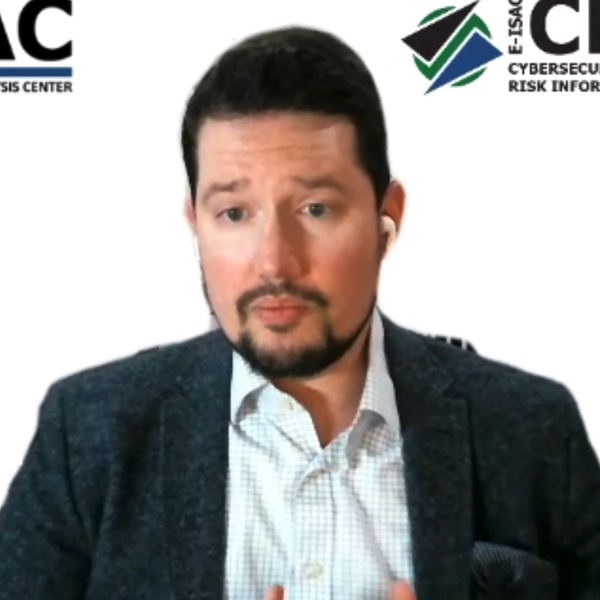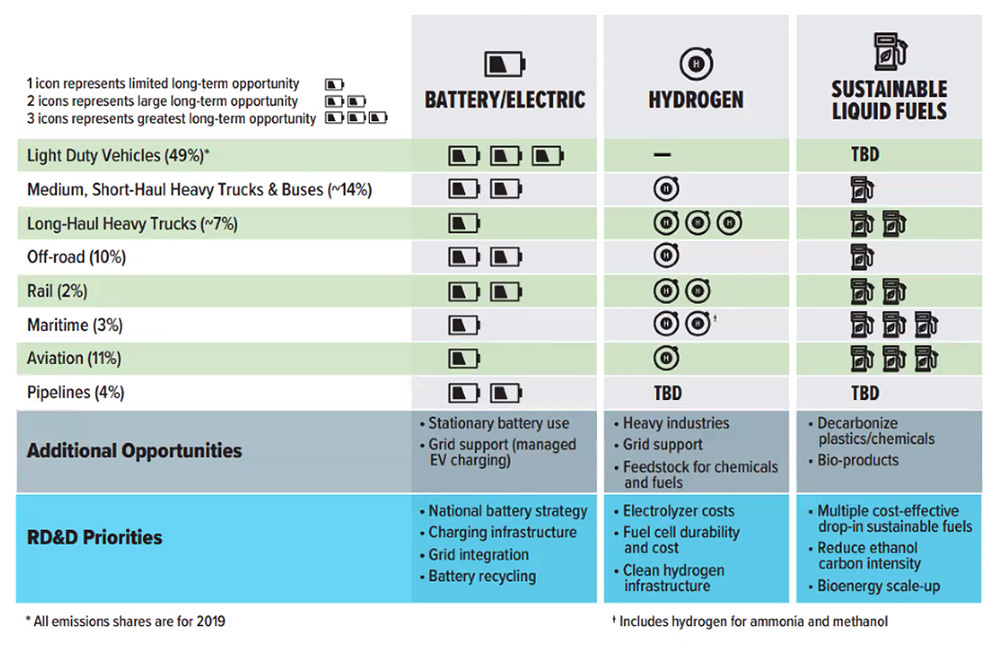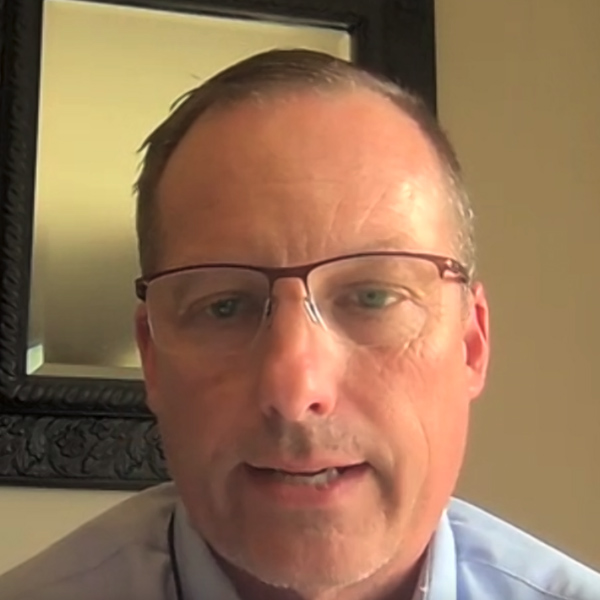New Jersey’s permanent community solar program should approve projects with a combined capacity of at least 750 MW in its first five years, according to a straw proposal released by the state’s Board of Public Utilities (BPU) last week.
The proposal resists the effort by some legislators to dramatically ramp up capacity in light of what the plan calls the “tremendous market response” to two pilot programs in 2019 and 2021. Instead, it calls for much the same capacity allocation of 150 MW per year discussed in the past, with a 50% hike in available capacity suggested in the third and fourth years of the program to make up for any shortfalls in earlier years.
The much anticipated straw proposal limits the maximum size of projects eligible to participate in the program to 5 MW. It also requires eligible projects to be developed on rooftops, carports and canopies over impervious surfaces, contaminated sites and landfills and man-made bodies of water.
The proposal rejects the selection strategy used in two pilot community solar programs of awarding capacity through a competitive process. Instead, projects will be picked on a first come, first served basis, providing they meet heightened requirements to ensure readiness for development.
The release of the proposal, which will be the subject of a public hearing on April 24, provides insight into how the state wants to push forward a market sector that state officials regard as among the most successful in the state’s renewable energy portfolio.
In his push for New Jersey to reach 100% clean energy by 2050, Gov. Phil Murphy (D) has set a goal for the state to have 32 GW of solar by 2050, about 34% of the state’s generating capacity. The state had 4.36 GW of installed solar capacity at the end of February, according to the latest BPU figures available, and agency leaders see community solar as a potential growth driver.
“It is important to highlight the tremendous market response and overall interest in developing community solar projects,” the proposal states, noting that the board received more than 650 applications for the two temporary pilot programs.
Chasing Solar Goals
Community solar projects target users who either cannot or do not want to have solar on their roofs but seek to support a clean energy initiative. To make the projects work, the developer must sign up subscribers, who commit to using the clean energy and in turn receive a credit on their utility bill, reducing the electricity cost by a set percentage.
The BPU approved 45 projects totaling 75 MW in the first community solar pilot in 2019, and two years later approved 105 community solar projects totaling 165 MW in the second pilot. Both solicitations were substantially oversubscribed, with 412 applicant projects in the second phase and 252 applications in the first. (See NJ Selects 165 MW in Community Solar Projects.)
The interest in the program prompted two lawmakers to introduce a bill, S3123, that would have more than tripled the size of the planned permanent community solar program to 500 MW a year. The BPU had set an early target of 150 MW a year for the permanent program, for a total of 750 MW over five years. Some stakeholders also suggested that the program should award 300 MW of capacity in the first year of the program, to make up for the fact that the BPU had initially planned to have three pilot programs but abandoned the final pilot to create the permanent program.
But the BPU opposed the bill, saying the sector and grid could not handle such a rapid expansion. In fact, only 25 community solar projects in the two pilot solicitations have been installed so far, according to recent BPU figures. (See NJ BPU Opposes Community Solar Program Expansion.) And the agency has stuck to its original plan — albeit increasing the goal slightly by saying it will allocate “at least” 150 MW a year — and making some changes to program rules and requirements.
Encouraging LMI Participation
The straw proposal suggests that the state maintain the pilot program requirement that 51% of the subscribers to each community solar projects be reserved for low- and moderate-income households. That system has so far resulted in projects signing up more than 6,000 subscribers who have received more than $6 million in bill credits and saved more than $1 million, according to the proposal.
But it recommends that the agency relax pilot rules that required consumers to provide documentation of their income if they wanted to subscribe as low- or moderate-income participants.
In response to concerns from solar developers over the difficulties of getting documentations, the BPU recommends that such participants be allowed to self-attest to their income through the use of a standardized form.
“Staff believes that potential community solar subscribers should not be dissuaded from participation by having to produce a tax return, EBT card, or other documentation of income,” the proposal says. “Individuals may feel uncomfortable providing this personal information to subscriber organizations, and there is concern about subscriber organizations retaining such data.”
Replacing Competitive Selection
The proposal also changes the selection process by which projects are picked for the program. The agency concluded that the competitive process used in the two pilots, in which applicants were evaluated and ranked by the BPU staff, though effective, was also too time-consuming and so complicated that it took nine months to complete the process. During that time, some projects withdrew because the lease on the proposed project site expired, the proposal said. (See Slow Progress of NJ Community Solar Pilot Draws Fire.)
The proposal instead suggests that projects be picked on a first come, first served basis, and that the quality of the projects would be ensured by raising “minimum maturity requirements” — such as having applied for certain permits and being viable for interconnection. Those details would ensure the selected projects had not been rushed too quickly into the application process and would be likely to succeed if picked.
That raising of the bar might help alleviate the scenario in the pilot programs in which only 44% of selected projects reached commercial operation before the BPU’s conditional approval expired, the proposal suggested.
“All projects would be required to meet certain criteria … to ensure key policy preferences are met,” the proposal says. “With strict prerequisites for application, the potential pool of applicants will be limited to those that are considered to be most beneficial from a policy perspective and are most mature and able to make progress toward completion soon after awarding.”
“An open enrollment process fairly allows for a diversity of projects to participate without being constrained by a scoring process that may favor certain types of project elements or developers,” the proposal states. “This procedure is more sustainable for a permanent program and limits the administrative burden associated with a competitive solicitation process.”
The proposal also offers a solution to a two-year-old discussion about how best to bill subscribers so that the program is simple and attractive to ratepayers. The proposal rejects the option that ratepayers receive separate bills for electricity from the utility and a community solar subscription from the developer, noting the confusion and increased risk of non-payment. (See Billing Key to NJ Community Solar Growth.)
Consolidating those elements into a single bill handled by the electric distribution company would be simpler, and “customers would be better served having only a single bill,” the proposal says.




